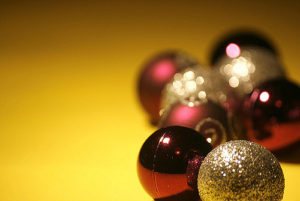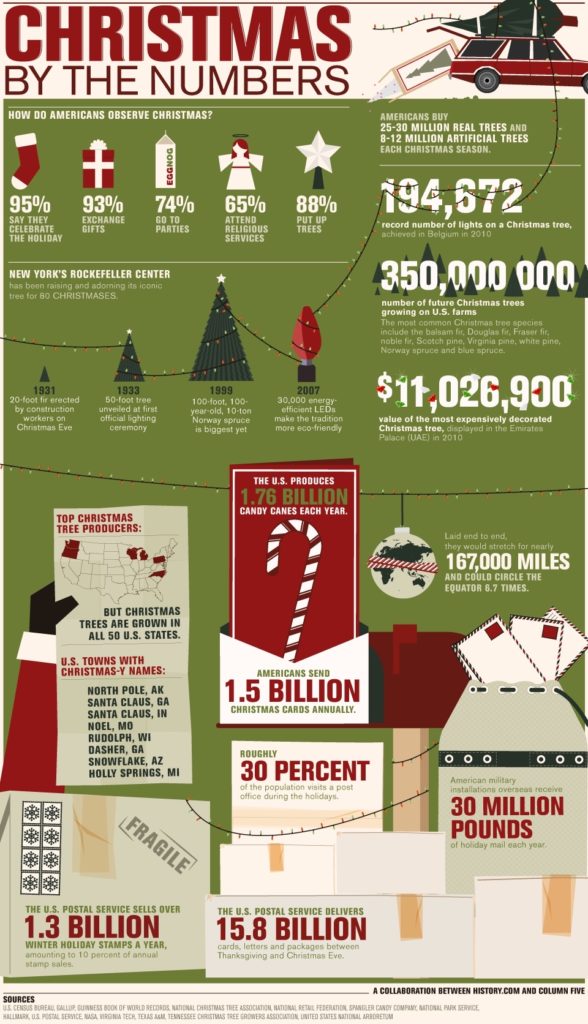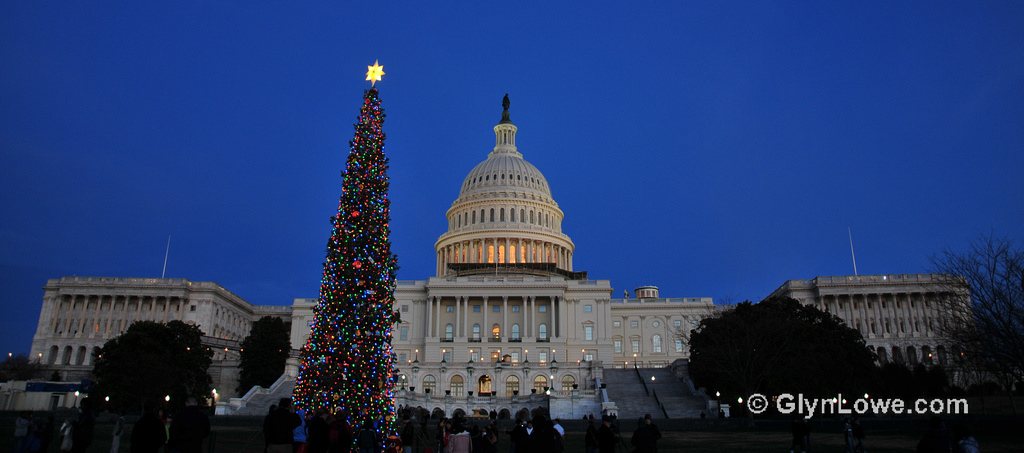Going trick or treating? Check out these tips from the CDC to help make the festivities fun and safe for trick-or-treaters.
Swords, knives, and other costume accessories should be short, soft, and flexible.
Avoid trick-or-treating alone. Walk in groups or with a trusted adult.
Fasten reflective tape to costumes and bags to help drivers see you.
Examine all treats for choking hazards and tampering before eating them. Limit the amount of treats you eat.
Hold a flashlight while trick-or-treating to help you see and others see you. WALK and don’t run from house to house.
Always test make-up in a small area first. Remove it before bedtime to prevent possible skin and eye irritation.
Look both ways before crossing the street. Use crosswalks wherever possible.
Lower your risk for serious eye injury by not wearing decorative contact lenses.
Only walk on sidewalks whenever possible, or on the far edge of the road facing traffic to stay safe.
Wear well-fitting masks, costumes, and shoes to avoid blocked vision, trips, and falls.
Eat only factory-wrapped treats. Avoid eating homemade treats made by strangers.
Enter homes only if you’re with a trusted adult. Only visit well-lit houses. Never accept rides from strangers.
Never walk near lit candles or luminaries. Be sure to wear flame-resistant costumes.

Download the CDC’s Halloween Safety Scramble to review these safety tips with your kids.

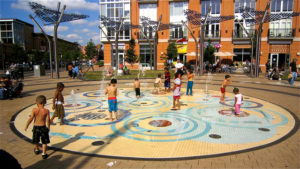
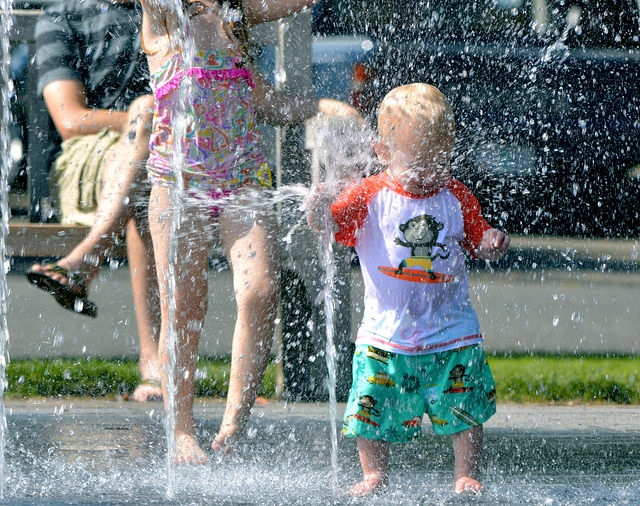
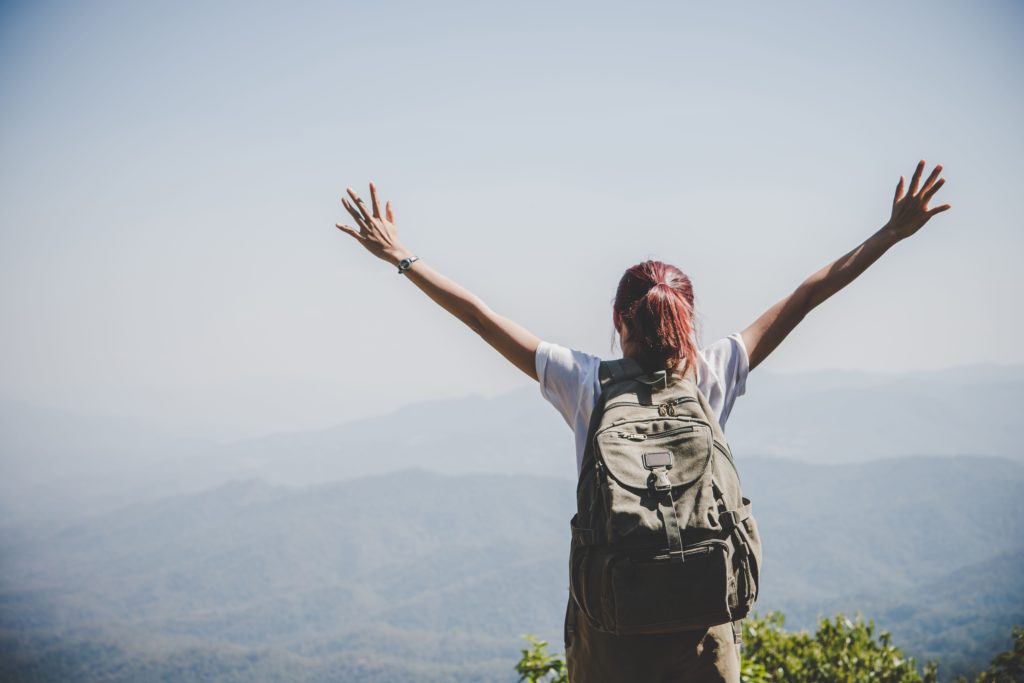
 Each month, Au Pair in America provides a calendar full of fun activities and helpful information for everyone in the family.
Each month, Au Pair in America provides a calendar full of fun activities and helpful information for everyone in the family.

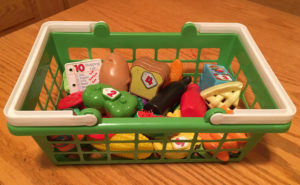

 Homesickness can be a problem during the holidays, even if it hasn’t been at any other time of the year. Au pairs often miss their friends and family, familiar places and their own traditions and customs. The holiday activities in the United States seem, and may actually be, different just at a time when an au pair would welcome something familiar.
Homesickness can be a problem during the holidays, even if it hasn’t been at any other time of the year. Au pairs often miss their friends and family, familiar places and their own traditions and customs. The holiday activities in the United States seem, and may actually be, different just at a time when an au pair would welcome something familiar. 
